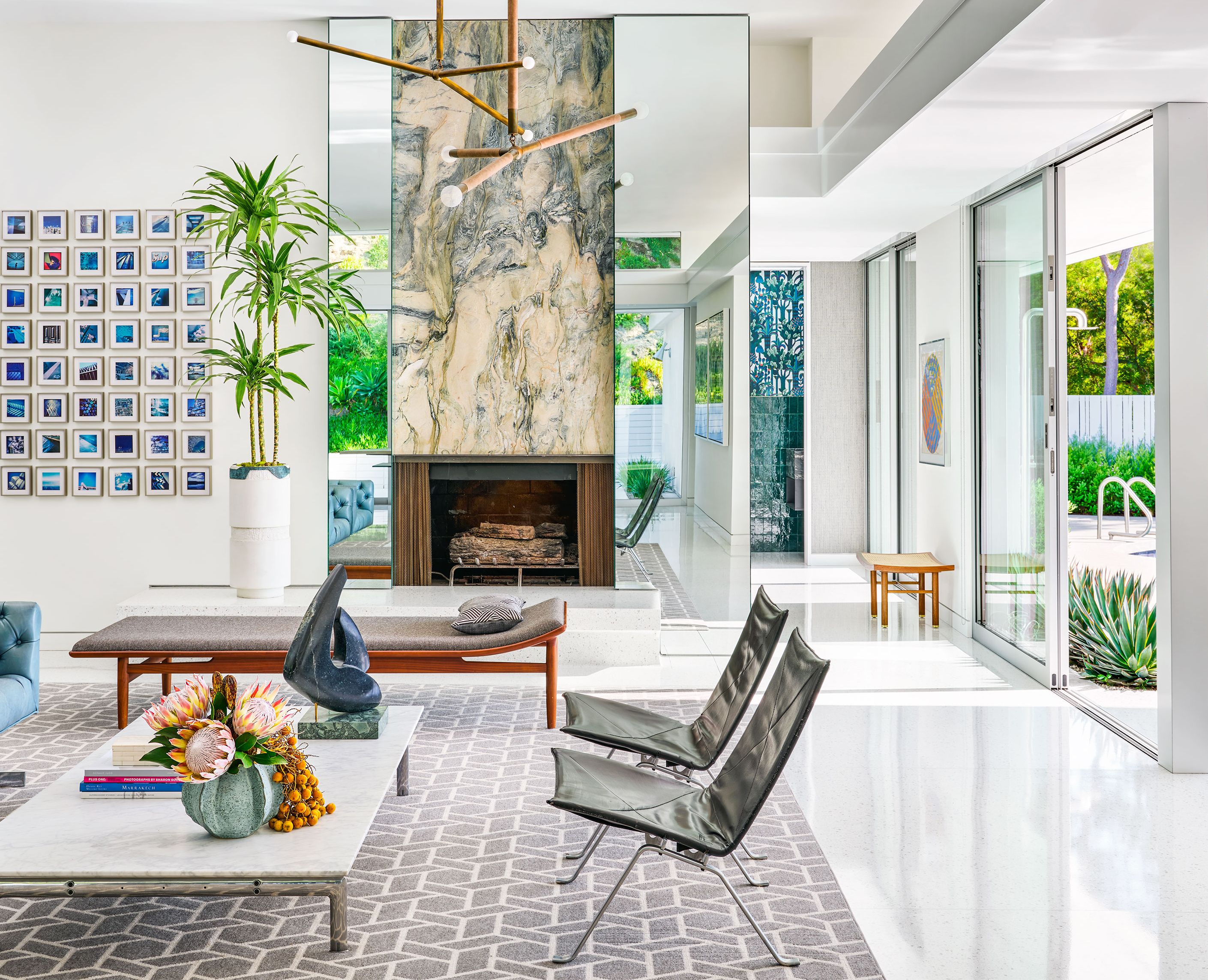When I first stumbled upon a vintage mid-century modern piece at a thrift store, I had no idea how much it would change my perception of decor. The clean lines, organic shapes, and functional forms spoke to me in ways I couldn’t articulate. This article is not just a guide; it’s a journey into the fascinating realm of mid-century modern decor, where each piece tells a story and adds character to your home.
What is Mid-Century Modern Decor?
Mid-century modern decor refers to a design movement that emerged in the mid-20th century, primarily spanning from the 1930s to the 1960s. Characterized by simplicity, functionality, and a seamless integration with nature, mid-century modern decor emphasizes form and function. Here are some key features of this iconic style:
- Clean, geometric lines
- Minimalism
- Organic and natural forms
- Use of new materials like plastics and metals
- Bold, vibrant colors
The Origins of Mid-Century Modern Design
Mid-century modern design was influenced by several factors, including the post-war era’s optimism and the rise of modernism. Designers sought to create affordable, functional furniture that reflected the changing lifestyles of the times. Influential figures such as Charles and Ray Eames, George Nelson, and Hans Wegner played pivotal roles in shaping this movement.
Characteristics of Vintage Mid-Century Modern Decor
To truly appreciate mid-century modern decor, it’s essential to understand its distinct characteristics. Below is a breakdown of major elements that define this timeless aesthetic.

Design Elements
| Element | Description | Example |
|---|---|---|
| Materials | Combination of natural and man-made materials | Teak wood, plywood, fiberglass |
| Colors | Bright and bold colors, often in contrast | Mustard yellow, avocado green, tangerine |
| Shapes | Geometric and organic shapes | Curved sofas, tapered legs on furniture |
| Functionality | Focus on usability and practicality | Multi-functional furniture pieces |
Common Furniture Styles
When integrating mid-century modern decor, several iconic furniture styles often come to mind:
- Chairs: Egg chairs, Eames lounge chairs
- Tables: Low-profile coffee tables, dining tables with tapered legs
- Sofas: Straight lines and minimalist designs

How to Incorporate Vintage Mid-Century Modern Decor in Your Home
Transforming your space into a mid-century modern haven is easier than you might think. Here are some tips that have worked for me as I curated my collection.
Focal Points and Statement Pieces
Start by choosing a focal piece—a striking sofa or an eye-catching coffee table can set the tone for the entire room. Consider the following approach:

- Choose a bold piece that reflects mid-century modern design principles.
- Complement it with softer or more neutral elements to create balance.
Layering Textures and Colors
Mix and match textures and colors to create a dynamic yet cohesive look. Here’s how:
- Textiles: Incorporate various fabrics such as tweed, leather, and velvet.
- Color Palette: Use a mix of earthy tones and vibrant hues to achieve a balanced aesthetic.

Accessorizing with Vintage Finds
Accessorizing with vintage items can add unique character to your space. Here are some ideas:
- Look for vintage lamps, art pieces, and decorative items.
- Incorporate houseplants for a pop of natural color.
Where to Find Vintage Mid-Century Modern Decor
Finding the right pieces often requires a bit of digging and exploring. Here are my recommended sources:

- Thrift Stores: Great for discovering hidden gems.
- Estate Sales: Often offer a wide variety of vintage items.
- Online Marketplaces: Websites like Etsy, eBay, and Chairish specialize in vintage decor.
Pros and Cons of Vintage Mid-Century Modern Decor
While embracing mid-century modern decor can be rewarding, it’s essential to evaluate its advantages and potential drawbacks. Below is a comprehensive overview:

| Pros | Cons |
|---|---|
| Timeless Design | Can be pricey, especially for authentic pieces |
| Variety of Styles | May require careful curation to avoid mismatch |
| High-Quality Materials | Can be challenging to find genuine pieces |
FAQs about Vintage Mid-Century Modern Decor
1. What defines mid-century modern style?
Mid-century modern style is characterized by clean lines, organic shapes, a mix of natural and man-made materials, and an emphasis on functionality. Its aesthetic embodies a sense of minimalism combined with vibrant colors.

2. How can I tell if a piece is authentic vintage mid-century modern?
Look for labels from well-known designers, examine the materials used, and research specific characteristics of various furniture pieces. Consulting with an expert or visiting reputable vintage shops can also help verify authenticity.
3. Is mid-century modern decor suitable for small spaces?
Absolutely! Mid-century modern design often features compact, multifunctional furniture, making it a great option for small living areas. The clean lines and open designs can create the illusion of more space.
4. How do I maintain vintage mid-century modern furniture?
To maintain vintage mid-century modern furniture, avoid placing it in direct sunlight to prevent fading, use gentle cleaning solutions, and apply wax or polish to wooden surfaces occasionally for protection.
5. Can I mix mid-century modern decor with other styles?
Yes! Mid-century modern decor can blend well with other styles such as contemporary, industrial, and even bohemian. The key is to maintain balance and ensure that the pieces complement each other.
Final Thoughts: Embracing Vintage Mid-Century Modern Decor
Embracing vintage mid-century modern decor is not merely about aesthetics; it’s about stepping into a rich design narrative that values functionality, form, and a connection to nature. As I’ve curated my collection over the years, I’ve learned to appreciate not only the beauty of each piece but also the stories they carry from the past. Whether you’re a seasoned collector or just starting your decor journey, there’s something timeless and inviting about mid-century modern that can truly transform your living space.